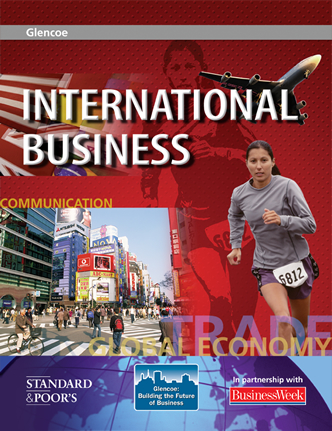 
International BusinessChapter 10:
Production and Quality ControlChapter Summaries- Since the 1980s, quality and value have been associated with production. Quality is the level of excellence present in a product. Value is the degree of quality compared to the price or cost of a product.
- The decision of which good and service to make or export depends on several factors: country, technological factors, and product factors. A company must also choose whether to standardize or adapt a product for a market in another country.
- Elements considered for a high-quality manufacturing system include: inputs, which are raw materials and employees; transformation; outputs, which are the products themselves; and feedback systems.
- Quality control systems use standards. Some systems include acceptance sampling, statistical process control, ISO standards adoption, and just-in-time (JIT) inventory systems.
- Companies can improve quality in any type of production by using various programs, such as total quality control management (TQM), quality circles, kaizen, process reengineering, or Six Sigma.
 |  |
|





